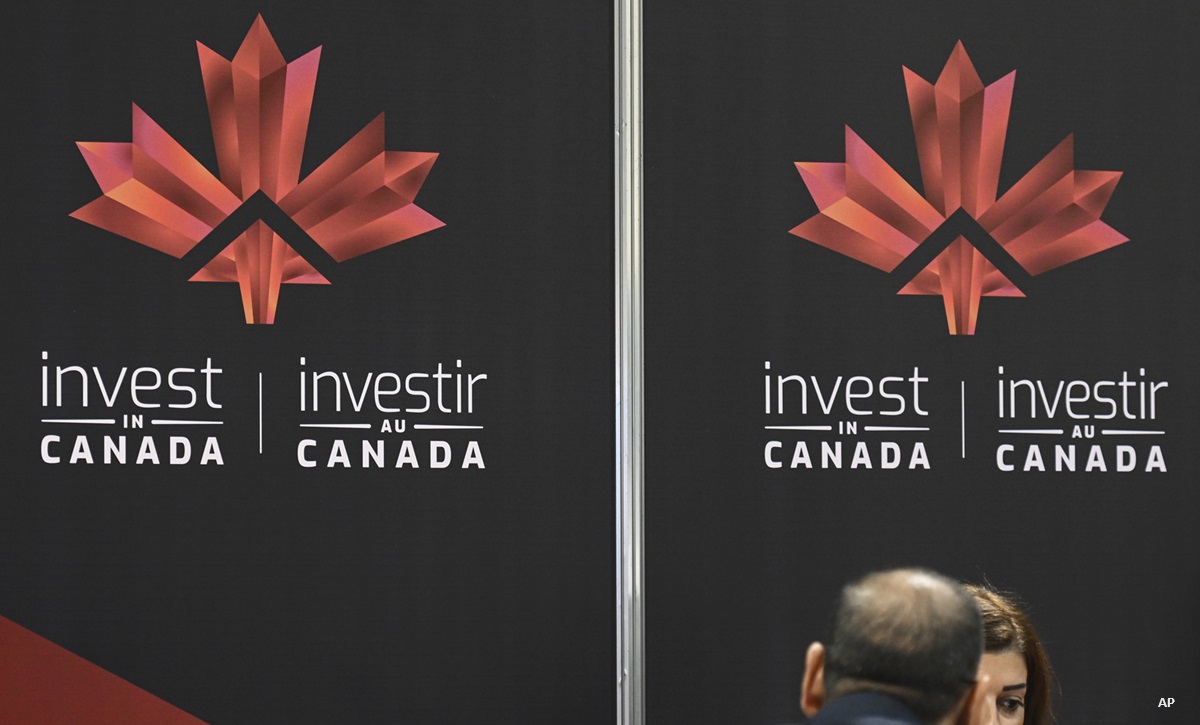Two major news events have rocked India over the past week. Earlier this week on December 10, India’s central bank governor, Urjit Patel, unexpectedly resigned. One day later, the ruling right-wing BJP government, perceived as a business-friendly administration, lost power in three key states during the state elections – a significant development in the run up to the 2019 general elections.
Since then, the stock market has rallied over 1,000 points. Over the past week, the benchmark BSE Sensex has gained 1.75%, and is up 5.5% year to date, in rupee terms. Meanwhile, the S&P/TSX Composite index was down over 2.5% in the past week, and is down more than 6%, year to date.
Last month, we talked about the huge potential India offered, and about how growth investors could not afford to ignore the Asian growth juggernaut. We argued that the keys to this India investment story are population and purchasing power, and that no market over the next 20 years offers more growth opportunities than India.
These fundamentals have not changed. However, after these events, portfolio managers are closely watching future developments.
Government of India Vs Central Bank
Over the past few months, the central bank and the ruling government differed on issues including the bank’s treatment of non-performing assets or bad loans, an additional transfer of central bank reserves to the government to help shore up the fiscal situation and the recent NBFC liquidity crisis.
However, at a meeting on November 19, a tentative truce was believed to have been reached, with the central bank leaders and the government’s finance ministry discussing key issues. Local media reported that the meeting was “cordial and satisfactory”, leading many to believe that the issues had been resolved. However, on Monday, the governor resigned, citing personal reasons.
“The governor’s resignation came as a complete shock to the markets. It now appears that all was not well between the government and RBI despite the discussions. Clearly, significant differences between RBI and the government on how these issues would be handled, seem to persist”, says Dhaval Kapadia, director of Morningstar Investment Management in Asia Pacific. He notes that Patel’s resignation does not send out right signals of the current state of relations between the RBI and government.
The day after Patel’s resignation, senior government official and former economic affairs secretary Shaktikanta Das was appointed as the new RBI governor.
“I feel concerned. There is now a question about corporate governance. Who is running the central bank? Is Das a pawn?”, asks Regina Chi, emerging markets portfolio manager at AGF Investments.
Kapadia also questioned how Das, as the RBI governor, would manage and balance the central bank’s objectives and views with those of the government.
“The previous two governors did an incredible job bringing back credibility in financial markets and instill a sense of discipline with banks, forcing them to recognize non-performing loans. With the new change, I worry about future asset quality,” Chi says.
What next for international investors?
“In terms of valuations, Indian equity markets continue to look expensive relative to history, although growth prospects are attractive when compared with other emerging and developed economies”, Kapadia says. He says that if investors are maintaining overweight or neutral positions, they could probably reduce allocations to Indian equities, particularly mid and small cap stocks, which look more expensive than large caps. If they’re already underweight, allocations could be built if markets correct by 10 % or 15% when the valuations would look more reasonable.
Chi, for her part, is neutral on India. “I think with uncertainty around the election, there might be a pause on new money going into India. When there is an election there usually is a pre-election rally followed by post-election uncertainty, depending on who wins. We don’t plan to change our position on India”, she says.
However, some portfolio managers see Indian stocks as an opportunity.
“Though there have been some issues, we see that after the pull back from September peaks, some stock prices have become more attractive, and have become more fairly valued, which have opened up buying opportunities”, says Peter Lampert, portfolio manager of Mawer Emerging Markets Equity Fund.
His fund employs a bottom up approach, looking at companies with strong competitive advantages and excellent management teams, that can deliver in any environment, he says, and as a result, he is not unduly perturbed by news events.
“A couple of weeks ago, members of our team visited India and met 20-odd companies, so we are actively spending time looking at India”, Lampert notes.
Three Indian stocks Lampert likes are HDFC Bank, UPL and Infosys.
“HDFC Bank was able to capitalize on the weakness of its competitors, state owned banks, and so is a great example of a company that can grow in all environments. UPL and Infosys are both global companies with most revenues generated internationally, we like both”, Lampert says.





.jpg)














